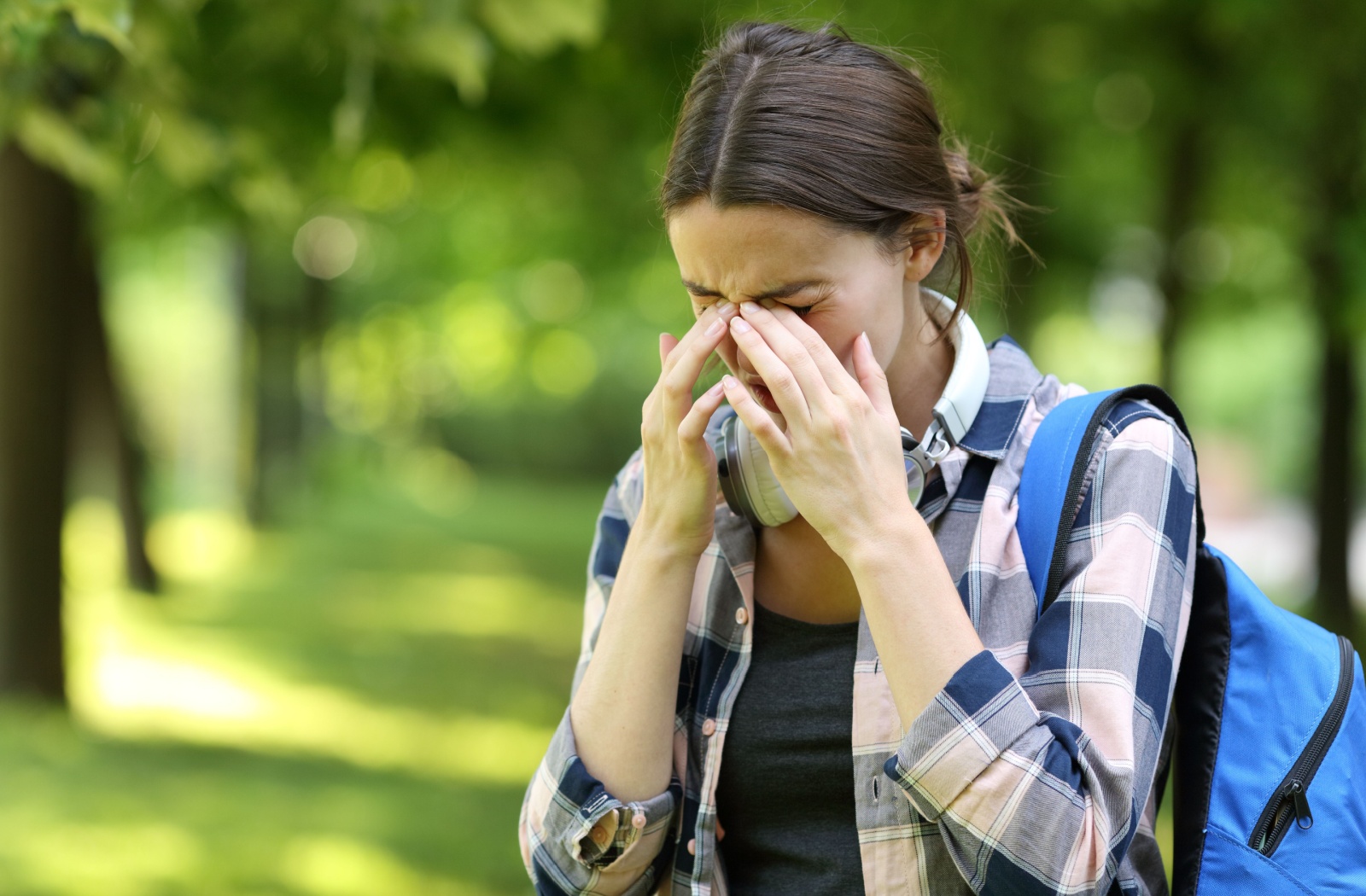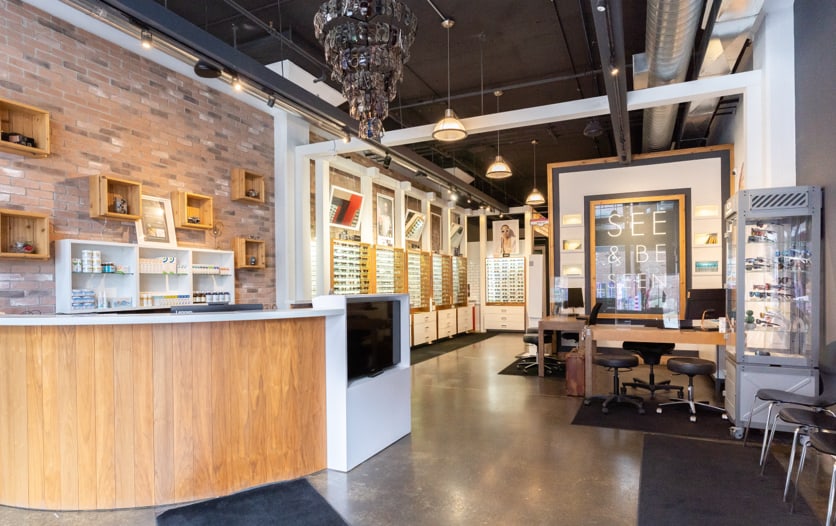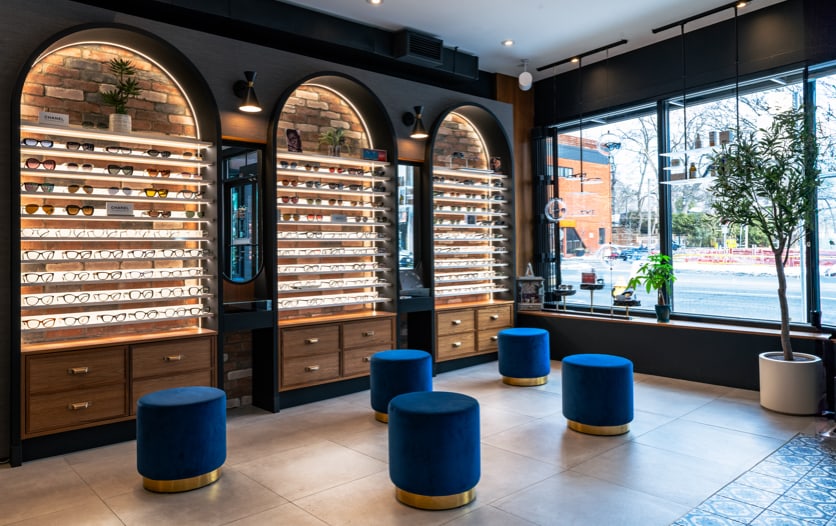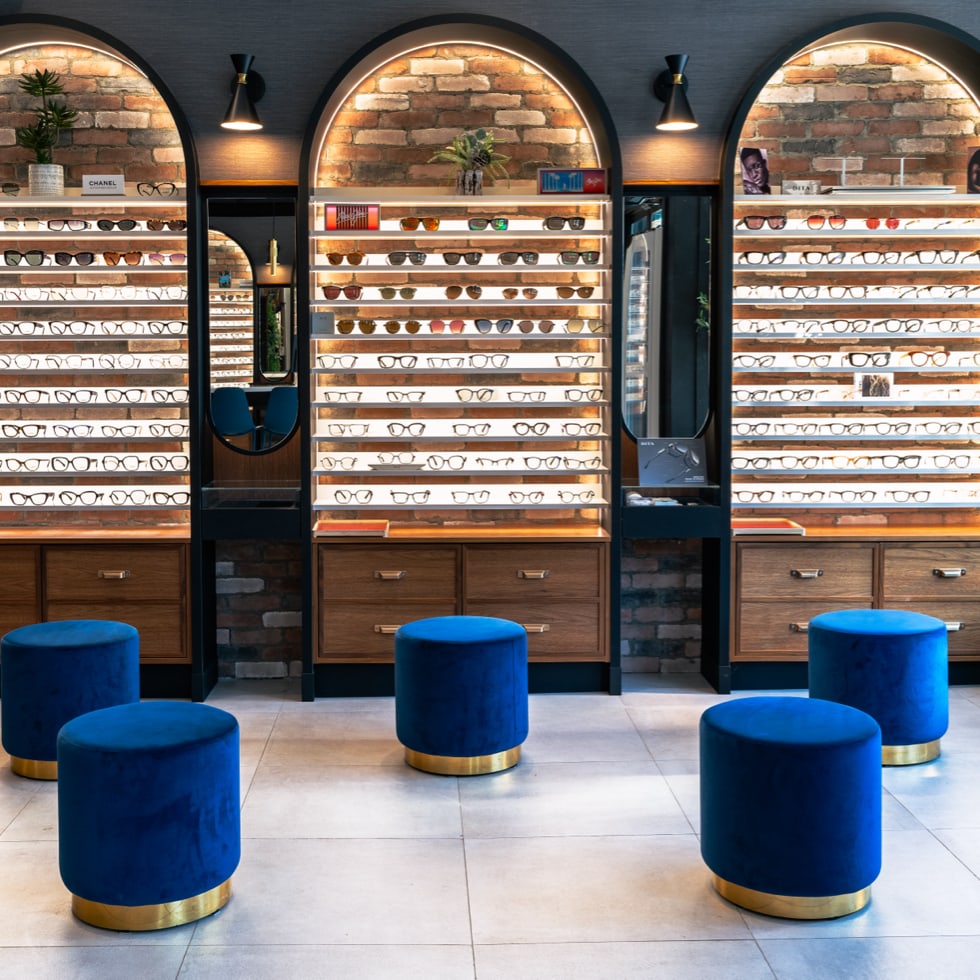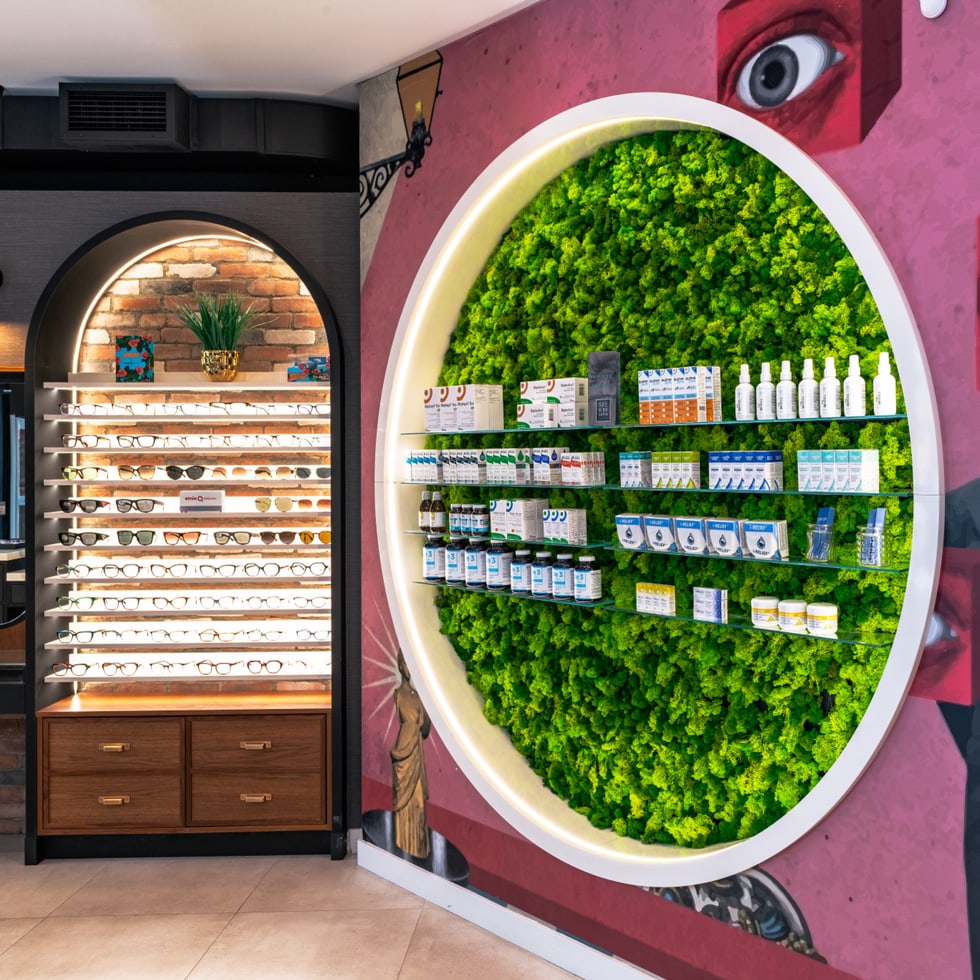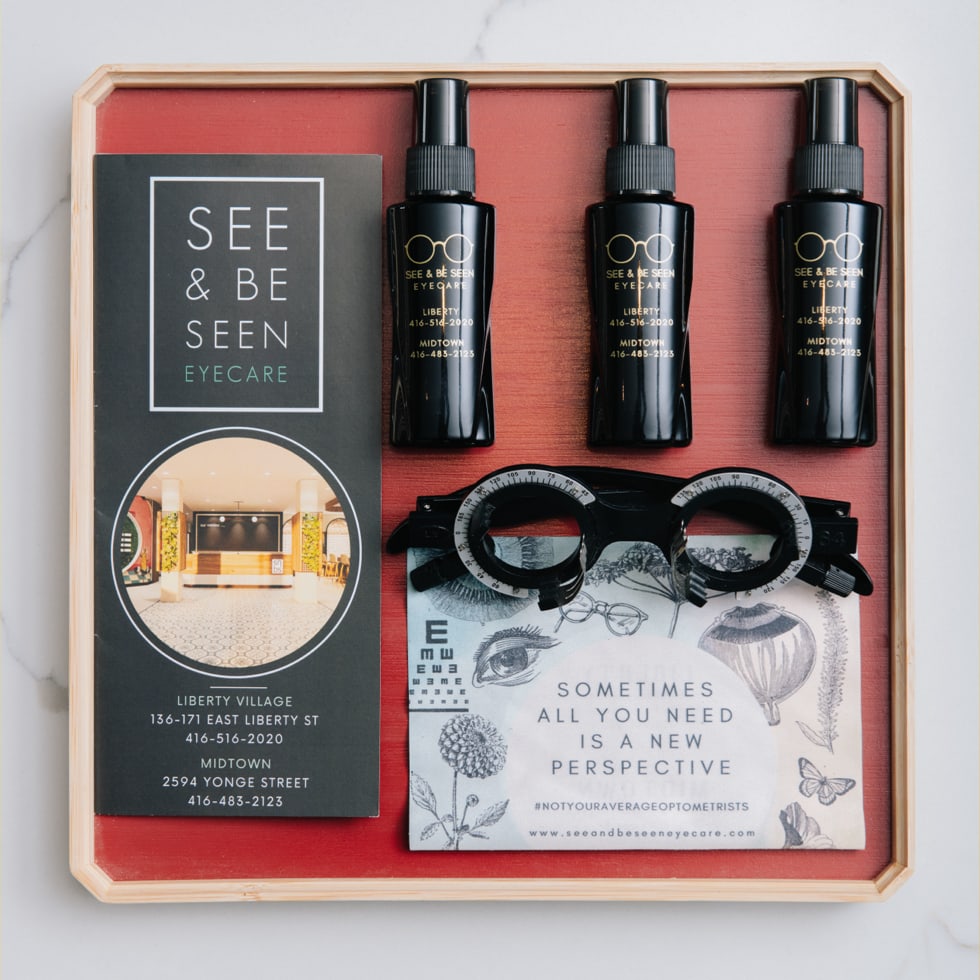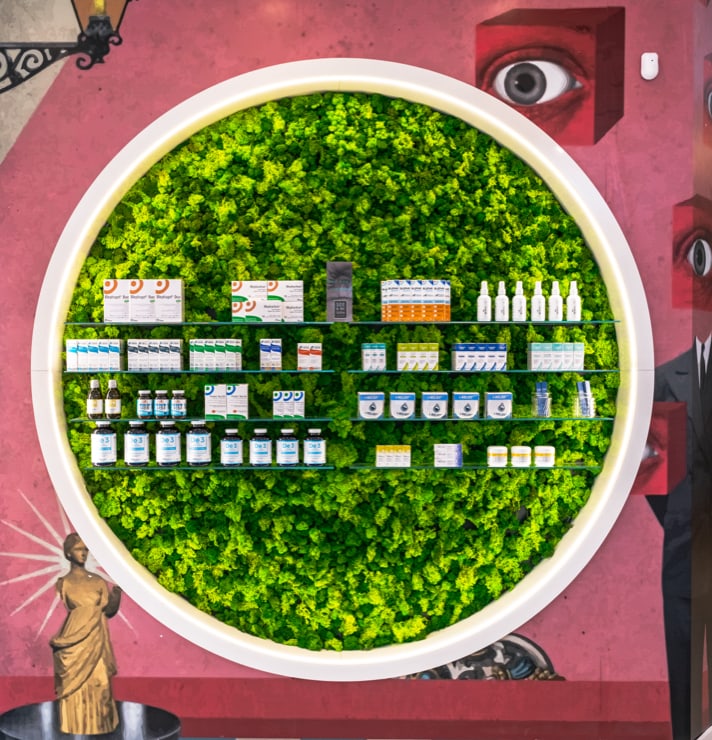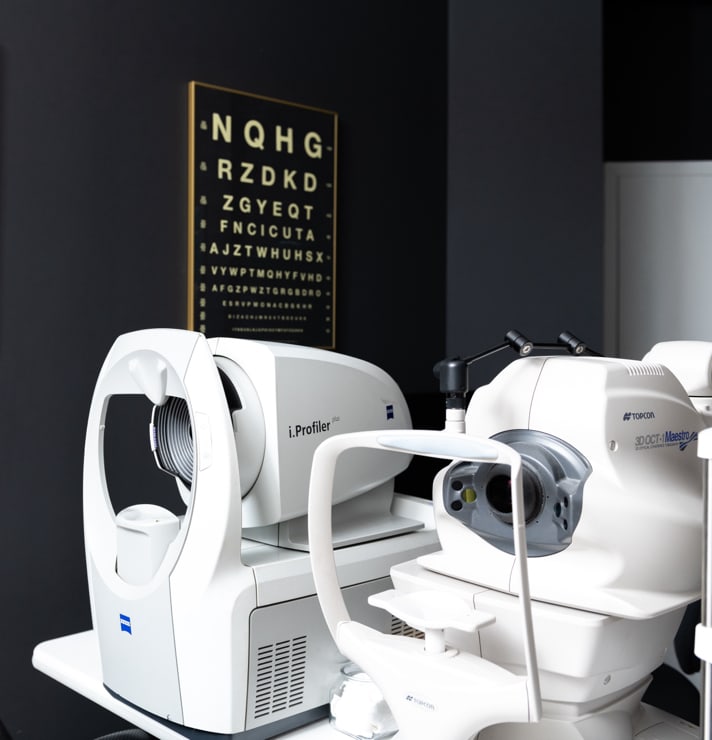Living in Toronto means dealing with a range of weather conditions throughout the year, from cold, dry winters to humid summers. At See & Be Seen Eyecare, we understand how Toronto’s unique climate impacts eye health. That’s why we’re here to provide strategies that help protect your eyes and maintain comfort year-round.
Dry eye occurs when your eyes don’t produce enough tears or when your tears evaporate too quickly. Symptoms include irritation, redness, blurry vision, and a gritty feeling in the eyes. Let’s explore some practical ways to manage dry eye disease in Toronto’s unique climate!
Understanding Dry Eye Disease in Toronto’s Climate
Toronto’s winters are cold and dry, with indoor heating systems contributing to reduced humidity levels. Low humidity can exacerbate dry eye disease symptoms, which is why you may need to make adjustments to your environment.
Conversely, the summer months bring heat and humidity, which can also impact tear production and eye comfort.
Distinctly urban factors like pollution and air quality may also contribute to dry eye disease symptoms year-round. Whether you’re indoors or outdoors, taking proactive steps to protect your eyes is important.
Tips for Winter Relief
Winter can be particularly harsh on dry eyes. Here are some tips to manage symptoms during the colder months:
Use a Humidifier
Indoor heating systems can dry out the air, leading to increased evaporation of tears. A humidifier adds moisture back into the air, creating a more eye-friendly environment. Humidifiers can be installed centrally, alongside your furnace, or you can place a smaller one in rooms where you spend the most time, like your bedroom or your workspace.
Stay Hydrated
Dehydration can affect tear production. Even in cold weather, it’s important to drink plenty of water throughout the day. Herbal teas can also be a comforting option.
Wear Protective Eyewear
When venturing outdoors, protect your eyes from cold wind and dry air by wearing wraparound sunglasses or goggles. These can help reduce tear evaporation and shield your eyes from irritation.
Tips for Summer Comfort
The warmer months present their own challenges for managing dry eye disease. Here’s how to stay comfortable:
Avoid Dry Air
Air conditioning can dry out your eyes, especially in cars or offices. Position yourself so that you aren’t sitting in front of a vent, and use a desk fan sparingly. Portable air humidifiers can also help maintain moisture levels in your immediate environment.
Stay Cool & Hydrated
High temperatures can lead to dehydration, which may worsen dry eye disease symptoms. Keep a bottle of water with you and take breaks in shaded or air-conditioned areas. Cooling eye compresses can also provide relief during particularly hot days.
Everyday Tips for Year-Round Relief
Regardless of the season, there are steps you can take to manage dry eye disease symptoms.
Practice Good Eye Hygiene
Keeping your eyelids clean can help reduce inflammation and improve tear quality. Use a warm compress or a gentle eyelid cleanser to clean your eyelids daily. This can be especially beneficial if you have blepharitis, a condition that often accompanies dry eye disease.
Follow the 20-20-20 Rule
If you spend a lot of time looking at screens, give your eyes regular breaks. Every 20 minutes, look at something 20 feet away for 20 seconds. Doing so can help reduce digital eye strain, which can worsen dry eye disease symptoms. Adjusting screen brightness and maintaining proper posture can also alleviate strain.
Use Artificial Tears
Over-the-counter lubricating eye drops can provide quick relief. Look for preservative-free options, as these are less likely to cause irritation with frequent use. Eye gels or ointments can be a suitable option for nighttime use.
Limit Contact Lens Use
Contact lenses can exacerbate dry eye disease symptoms. If you wear contacts, consider switching to daily disposable lenses or discussing alternative options with your optometrist. Proper lens hygiene and limiting wear time can also prevent dryness.
When to See an Optometrist
If your dry eye disease symptoms persist despite these measures, it may be time to consult an optometrist. See & Be Seen Eyecare offers comprehensive eye exams and personalized treatment plans to address different sets of needs. Depending on the severity of your symptoms, treatments may include prescription eye drops, punctal plugs, or in-office procedures like LipiFlow®.
Our optometrists will also evaluate underlying conditions that may contribute to your dry eye disease symptoms, such as hormonal changes or autoimmune disorders. Early diagnosis and treatment can prevent complications and improve your overall eye health.
Environmental Considerations in Toronto
In addition to seasonal changes, Toronto’s urban environment can affect your eyes. Pollution and allergens may worsen dry eye symptoms. Regularly cleaning your home and using air purifiers when air pollution levels are high can help mitigate these factors.
Be mindful of your workspace environment, particularly if you work in the city. Adjusting lighting, maintaining ergonomic seating, and using anti-glare screens can all support eye comfort.
Take Control of Your Eye Health
Managing dry eye disease requires a proactive approach. By incorporating these tips into your daily routine, you can protect your eyes and enjoy year-round comfort. Whether it’s adjusting your indoor environment or seeking professional care from See & Be Seen Eyecare, there are effective solutions available to help you see and feel better.
With the right strategies, you can minimize discomfort and safeguard your vision. Don’t hesitate to reach out to See & Be Seen Eyecare for expert advice and personalized care tailored to your needs.

